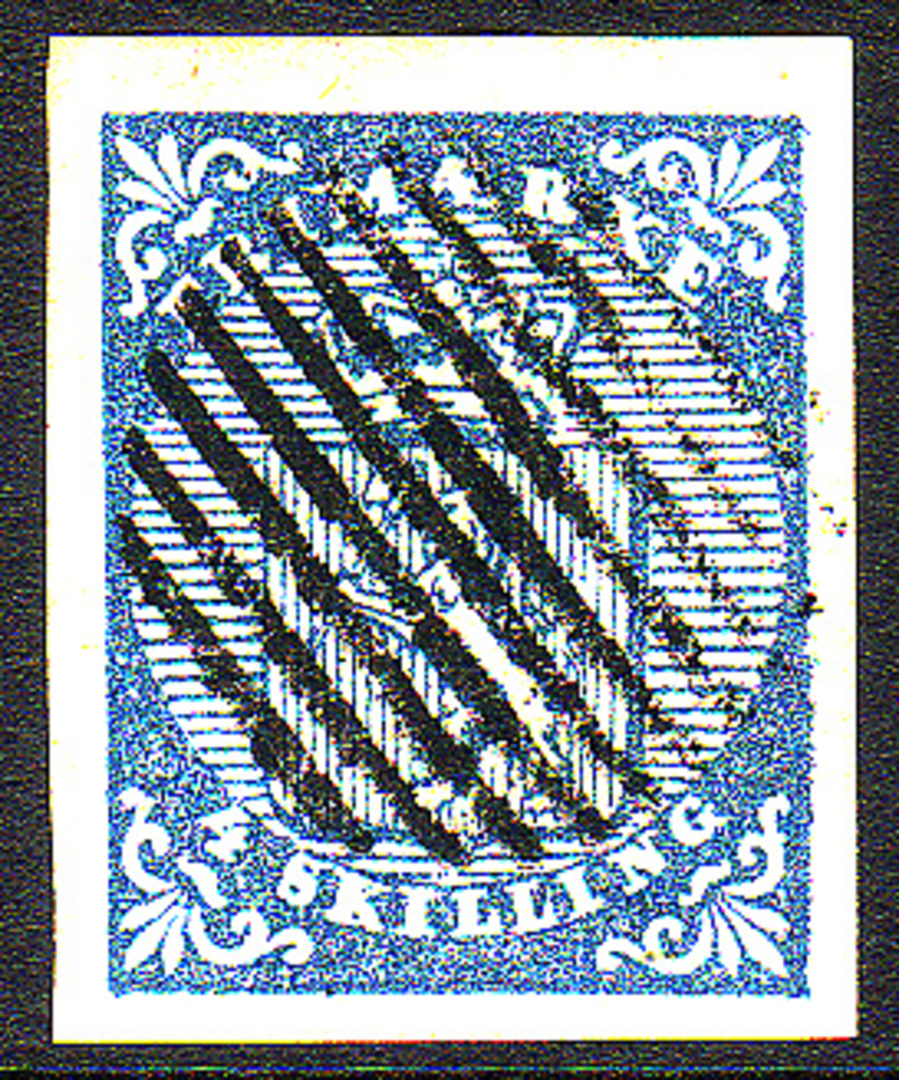
14/10/2021 Posted By Sandafayre

Recent Posts
 General
General
How I Learned to Look at Stamps 19
12/10/2021 Posted By Vincent Green
As a child I would spend several weeks during the Summer holidays in Bournemouth, a large and reasonably well- heeled...
View Post
 General
General
Stamp Tricks and Tips: Chalk-Surfaced Papers 20
12/10/2021 Posted By Sandafayre
A few weeks ago an experienced philatelist admitted to problems he was having in identifying the chalky paper version...
View Post
 General
General
Why Do Stamp Collectors Like Errors? 21
12/10/2021 Posted By Sandafayre
Sometimes discovering philatelic errors is easy, particularly when examples have been identified and are accurately d...
View Post